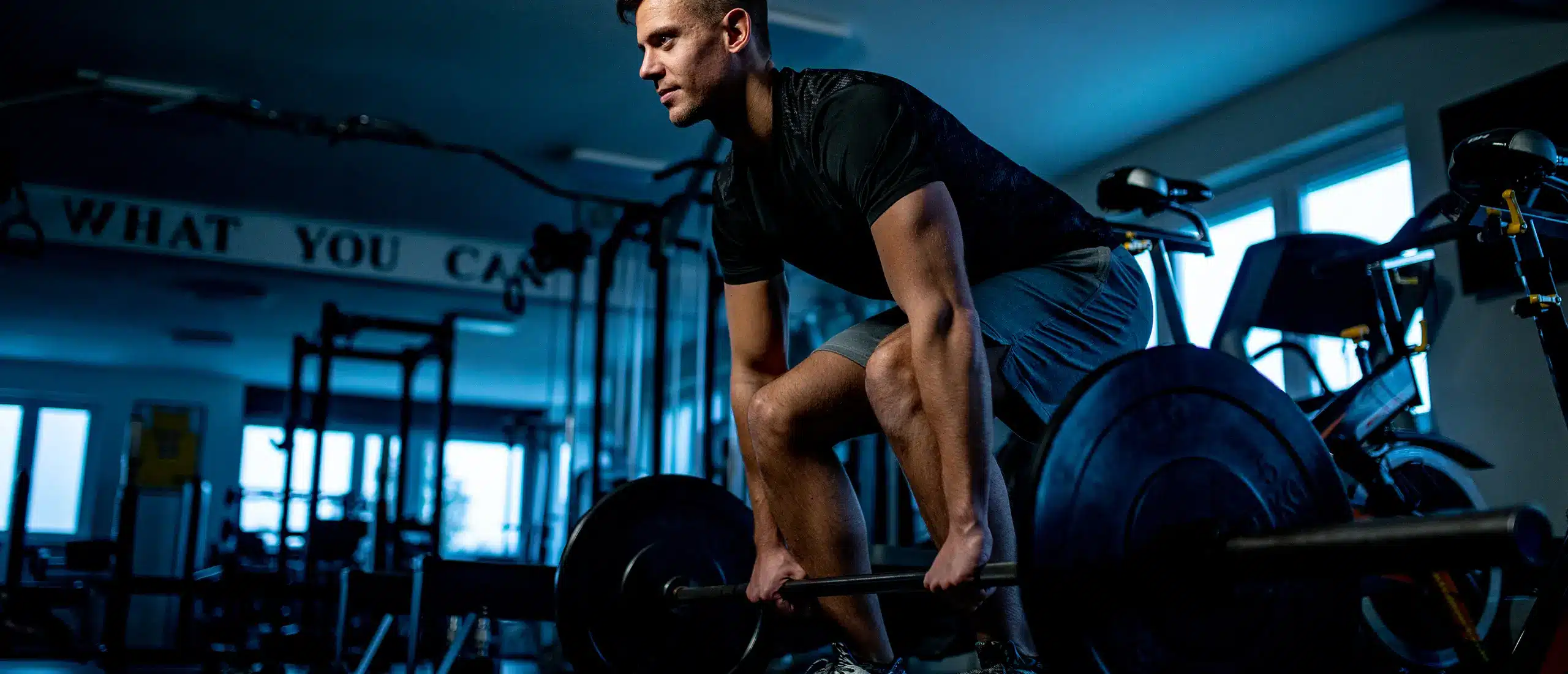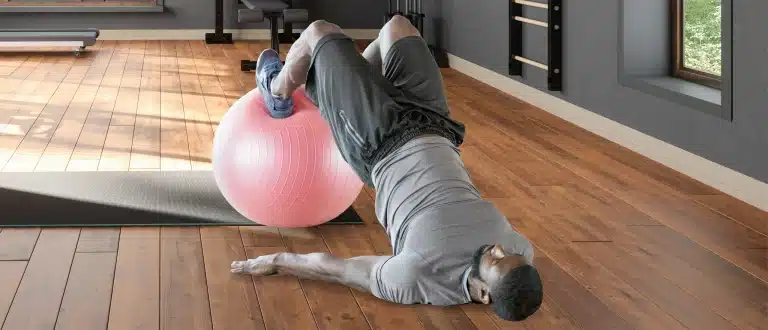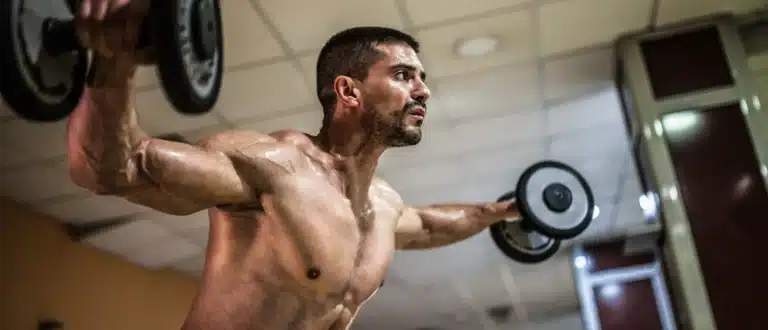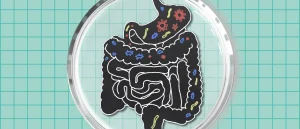
If Your Back Hurts After Romanian Deadlifts, Here’s What You’re Doing Wrong
If deadlifts hurt your lower back, you aren’t alone. Many people round their back while deadlifting, which puts extra strain on the erector spinae (lower back) muscles, putting them at risk for strain or injury.
You might assume back pain is the price you pay for doing deadlifts—or use it as an excuse to skip them altogether. But pain shouldn’t be the norm with this move.
One solution: switch to a Romanian deadlift (RDL), which shifts the focus to your lower body, says trainer Alexandra Redmond, CPT in her latest Instagram post.
With this deadlift variation, your glutes and hamstrings do the bulk of the work, taking the pressure off your lower back.
Here’s how to perform Romanian deadlifts safely, and form tips for warding off lower back pain.
How to Do a Romanian Deadlift to Avoid Back Pain
- Grab a pair of dumbbells (or a barbell), and let your arms hang naturally in front of you, resting the weight at your hips.
- Place your feet shoulder-width apart, roll your shoulders back and down, and brace your core.
- Slightly bend your knees, and lock this position in for the entire movement.
- Hinge at the hips to bring the weight to your knee. Keep the weight close to your body, shaving your legs with the weight as it travels down.
- Drive your hips back until you feel tension in your glutes and hamstrings, while keeping your spine neutral.
- Once the weight is just below the knee (or about mid-shin) stop, and drive your hips up and forward to return to the starting position.
4 Romanian Deadlift Form Mistakes
Below, the most common RDL mistakes that could be causing pain—and how to fix them.
1. You’re Looking Up
Cranking your neck can cause your lower back to arch, putting additional strain on your low back. Keep your chin tucked, and your head in line with your spine.
2. You’re Reaching Too Far Forward
If there’s too much space between your body and the dumbbells, it takes the work away from the hamstrings and glutes (which should be major players in this lift) and puts strain on your lower back. The fix: think about “painting your legs” with the weight.
3. You’re Going Too Low
Your goal shouldn’t be to reach the ground. After your hamstrings fully lengthen, your lower back will take over the work. Stop lowering when you can’t push your hips back any further.
4. You’re Focused on Moving Up and Down
Rather than thinking about an RDL as an up-and-down movement, reframe it as horizontal. How? Focus on pushing your hips back behind your ankles. The weight will naturally move up and down as you move back.











